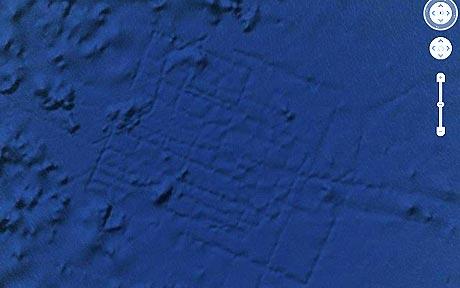
This Google Ocean image is 620 miles off the west coast of Africa near the Canary Islands. It is over 15,000 feet deep and the feature of interest is about 90 miles on a side or 8000 square miles.
In another thread ID critics complain there is no rigorous definition or mathematical formula by which everyone can agree on whether or not something exhibits complex specified information. Believe it not, they say it like mainstream science isn’t chock full of things that not everyone can agree upon. Like duh.